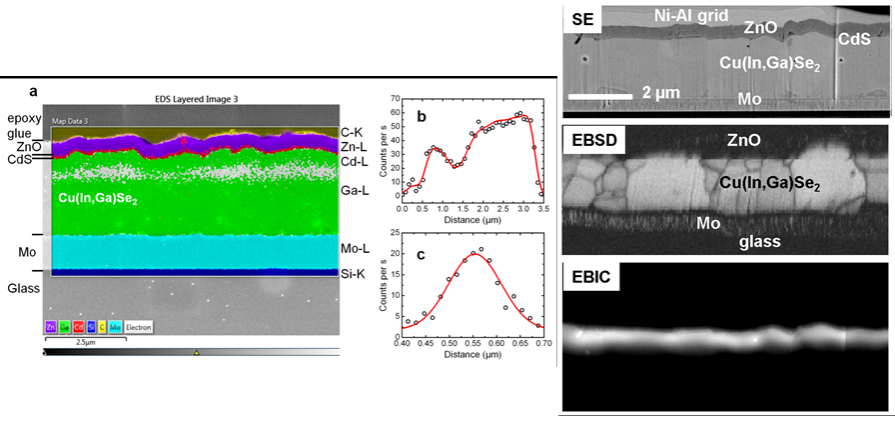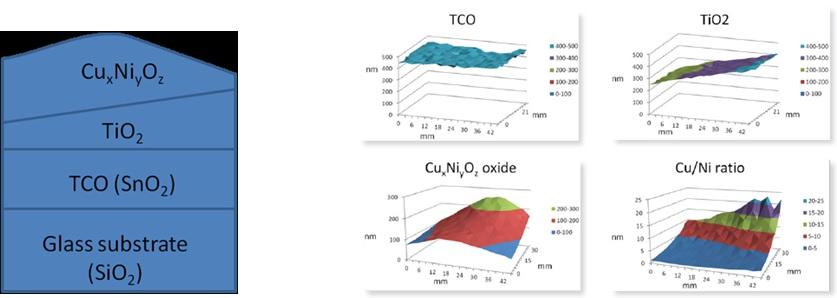Resolving defects and true orientations in CIGS-type solar cells
The performance and efficiency of solar cells are intimately linked to their crystallographic properties on the sub-micrometre scale. This application note shows how the EBSD technique, coupled with advanced pattern matching methods, can be used to resolve dislocation structures, antiphase domain boundaries and true crystallographic orientations in CIGS-type solar cells.





